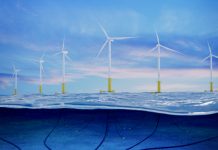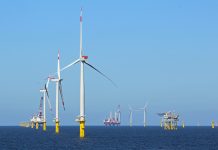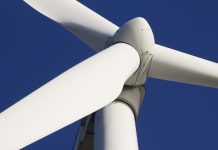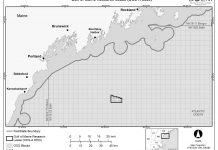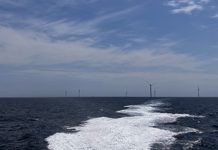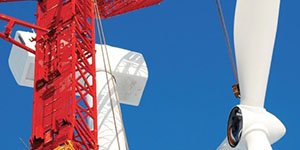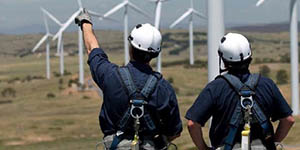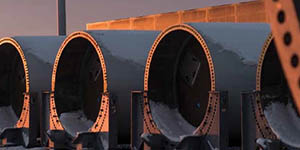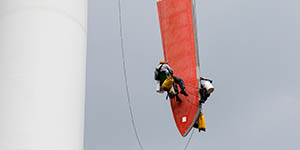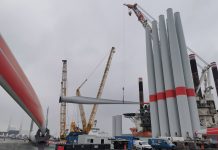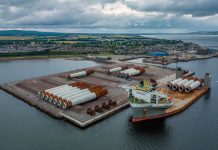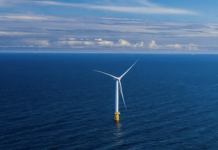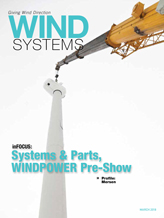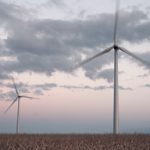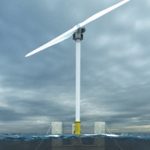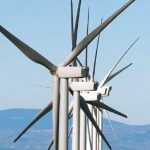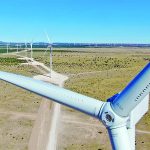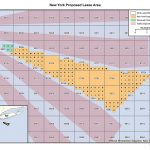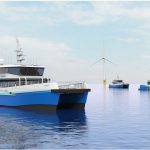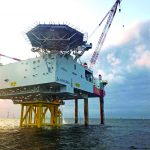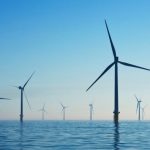Class-leading offshore energy support vessel (OESV) operator, Seacat Services, has attained a fresh set of international organization for standardization (ISO) accreditations, following independent assessment by certification body DNV GL.
Seacat Services is one of the first operators in the offshore wind sector to achieve the updated ISO9001: 2015 quality management and ISO14001: 2015 environmental management standards, affirming its commitment to maintain the highest possible levels of service for wind-farm developers, operators, and contractors. With crew and technician safety remaining a top priority, Seacat Services has also renewed its OHSAS 18001 health and safety certification.
As the offshore wind industry has matured, the expectations of project development and construction teams have increased when it comes to the service provided by contractors and suppliers. Independently assessed ISO and OHSAS accreditation are consequently starting to become a must-have for support vessel operators as an indicator of quality and safety.
However, there is scope for the industry at large to take a more proactive approach to securing accreditation and raising overall standards of operation. While the final deadline for upgrading to the new ISO 9001: 2015 and ISO 14001: 2015 standards is in September, it is estimated that 90 percent of accredited firms across all industries — including offshore wind — are yet to make this transition.
%%0318-Seacat%%
Having completed its assessment with DNV GL this January, Seacat Services is ahead of the curve and will be well-placed to focus on upholding its renewed commitments to safe, reliable operation throughout 2018. Furthermore, as one of the few OESV firms to comply with the international safety management (ISM) standard — a more stringent accreditation more commonly held by operators of larger vessels over 500 metric tons — the business is well-acquainted with the risk-based methodologies introduced by the updated ISO standards.
“At face value, the ISO, ISM, and OHSAS accreditation processes might look like a series of administrative hoops to jump through,” said Mark Drew, head of business support, Seacat Services. “But what they do, in reality, is encourage a business to think very carefully about the risks and opportunities inherent in its operations and, crucially, how it delivers on the promises it is making.”
“For Seacat Services, these accreditations are more than just a way to show our customers that we can meet a minimum requirement,” he said. “In combination with the experience we’re gaining in the field, they inform and motivate an ongoing program of incremental improvements, which ensure that both our fleet and the team that supports it continue to exceed expectations.
In addition to these ISO, ISM, and OHSAS certifications, each vessel in the 14-strong Seacat Services fleet is class-certified by DNV GL, in line with the firm’s core values of safety, technical availability, and customer service. This commitment to maintaining the highest standards of operation has been recognized by developers and operators of offshore wind projects throughout the U.K. and Europe, with the business frequently named as a preferred supplier, and more than two-thirds of the fleet locked down in long-term charter agreements for 2018.
Source: Seacat Services
For more information, go to www.seacatservices.co.uk



